Description
String theory is one of the most active branches of theoretical physics and has the potential to provide a unified description of all known particles and interactions. This book is a systematic introduction to the subject, focused on the detailed description of how string theory is connected to the real world of particle physics.
Aimed at graduate students and researchers working in high energy physics, it provides explicit models of physics beyond the Standard Model. No prior knowledge of string theory is required as all necessary material is provided in the introductory chapters. The book provides particle phenomenologists with the information needed to understand string theory model building and describes in detail several alternative approaches to model building, such as heterotic string compactifications, intersecting D-brane models, D-branes at singularities and F-theory.
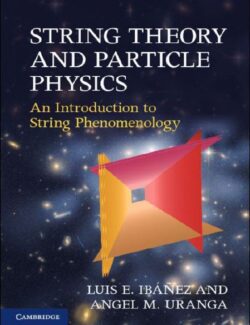
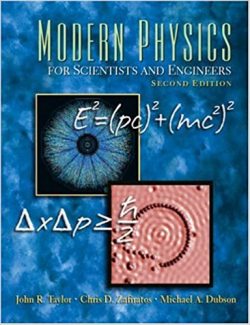

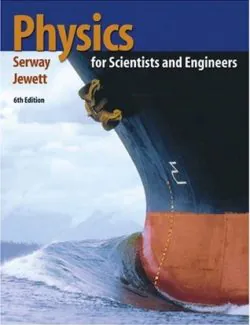




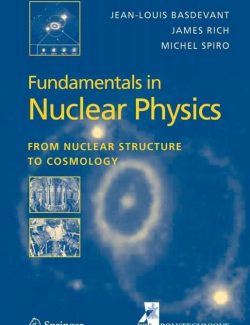


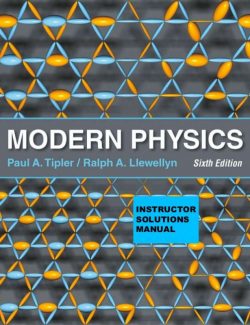

Leave us a comment
No Comments